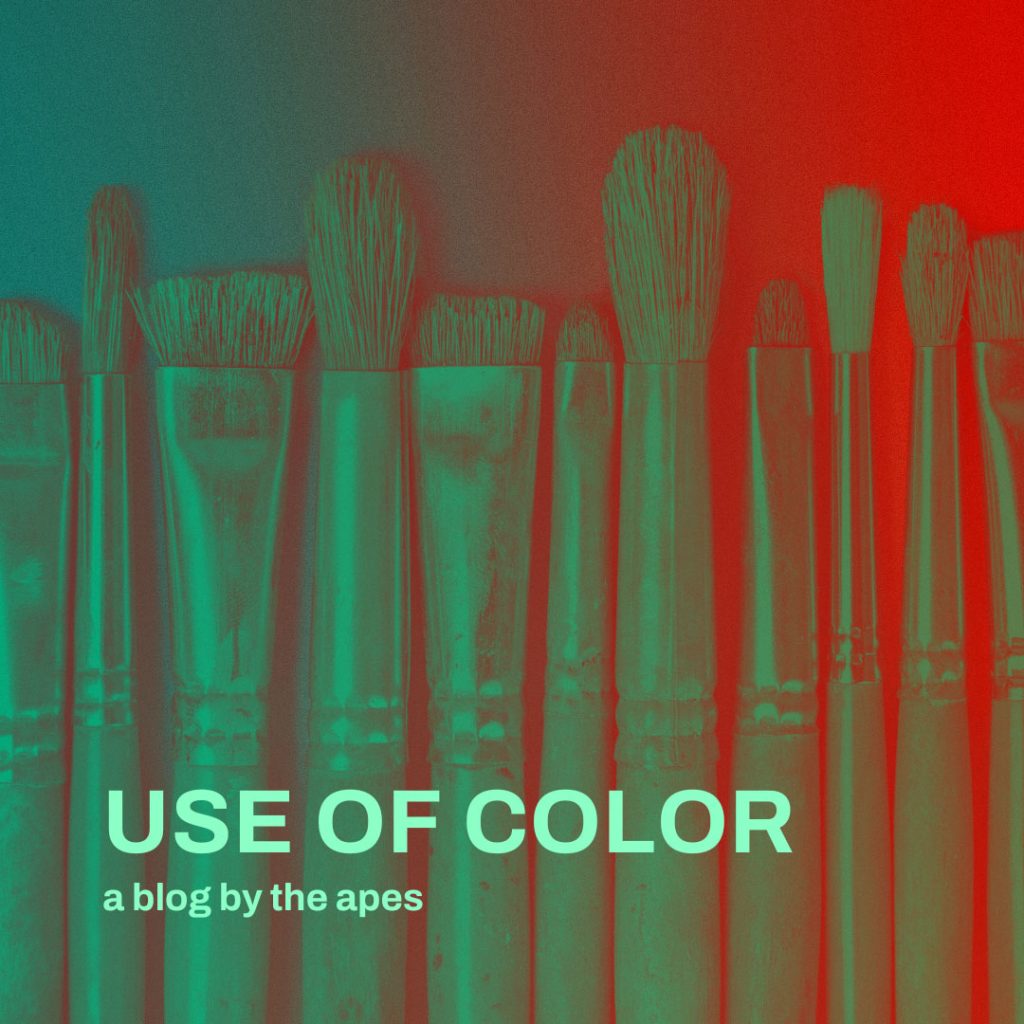Color schemes are an essential part of design, from graphic design to fashion. They add visual interest and help to communicate a message and create the desired mood or atmosphere. Understanding how to select the right colors for your project will make all the difference in ensuring its success. In this article, we will explore color schemes in design and how to choose the best one for your project.
What is a Color Scheme?
A color scheme is a combination of colors used for decoration, clothing, and design purposes to create visual interest or convey a mood. It is an important part of any creative project, and it can help to communicate a message and create the desired mood or atmosphere.
There are many different types of color schemes, each with its own unique characteristics and uses. Here are a few examples:
- Monochromatic: A monochromatic color scheme uses different shades and tints of a single color. This creates a harmonious and cohesive look.
- Analogous: An analogous color scheme uses colors that are adjacent to each other on the color wheel. This creates a harmonious and natural look.
- Complementary: A complementary color scheme uses colors that are opposite each other on the color wheel. This creates a bold and striking look.
- Triadic: A triadic color scheme uses three colors that are evenly spaced on the color wheel. This creates a vibrant and balanced look.
How to Choose a Color Scheme
Choosing the right color scheme for your project can be a daunting task. Here are a few tips to help you choose the best one:
- Consider the message you want to convey: Think about the mood or atmosphere you want to create with your project. Different colors can evoke different emotions, so choose colors that align with the message you want to convey.
- Look for inspiration: Look for inspiration in nature, art, or other design projects. You can also use online resources to find color palettes that work well together.
- Experiment with variations: Play around with different variations of your chosen color scheme to see what works best for your project. You can use color tools to help you find the perfect combination.
These are some examples of color-related decisions in history that made the difference:
- Red: Coca-Cola has made red its signature color, which has become synonymous with the brand. The color has been used on everything from the logo to the packaging, and it has helped the brand achieve instant recognition.
- Purple: Cadbury’s has used a specific shade of purple, officially registered as Pantone 2685C, as its signature color. The color has become so closely associated with the brand that it has been dubbed “Cadbury Purple”.
- Pink: Some prisons in Europe have experimented with a tone of pink known as Schauss Pink that has been proven to reduce hostility and violent behavior amongst the inmates, proving that there is a true connection between color and psychology.
Color schemes are an important part of any design project. They add visual interest and help to communicate a message and create the desired mood or atmosphere. By understanding the different types of color schemes and how to choose the best one for your project, you can create a cohesive and impactful design.

